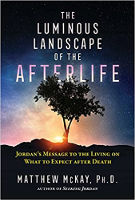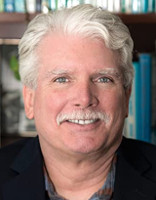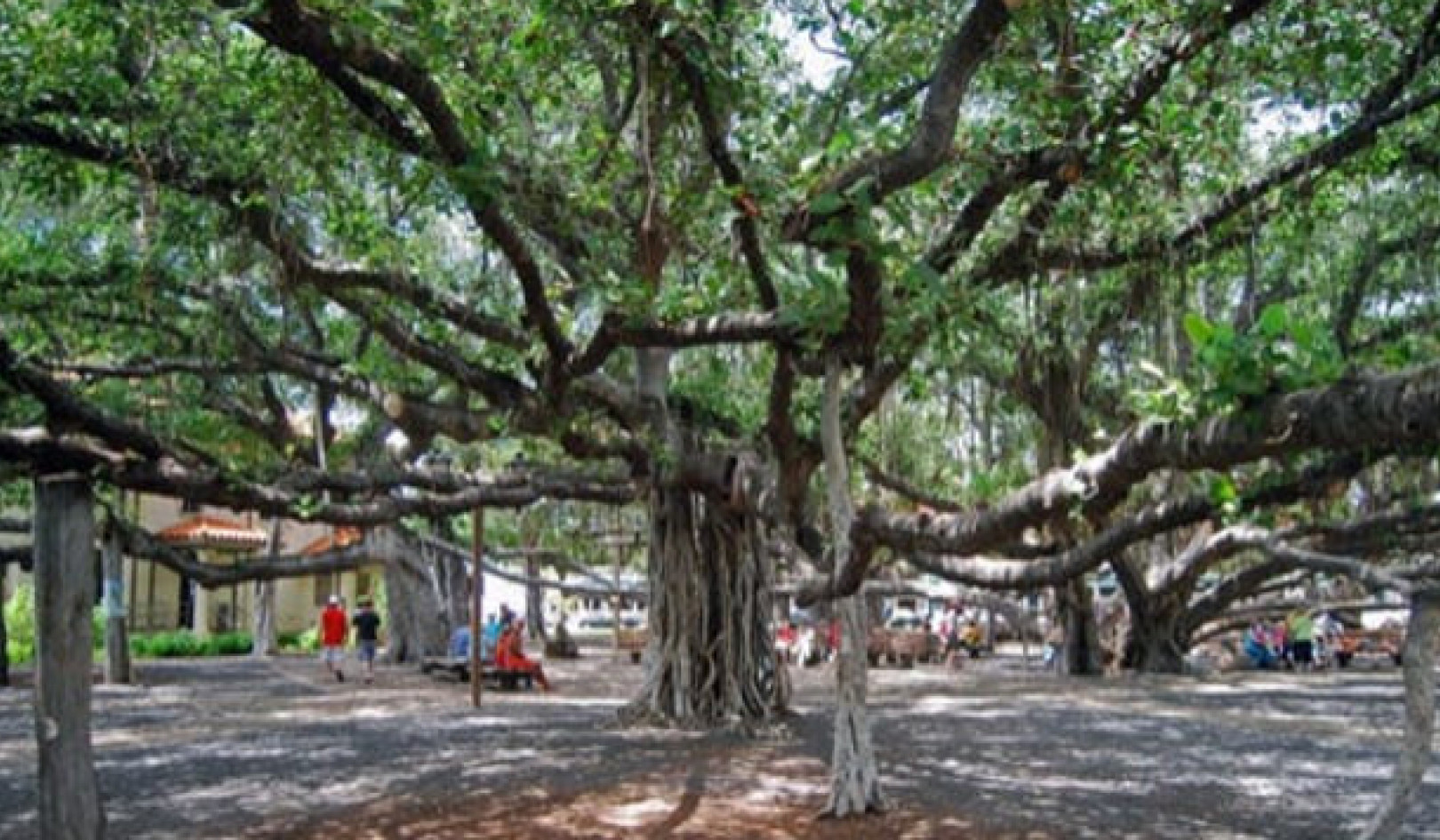
Image by Tumisu
Narrated by Marie T. Russell.
The deepest truth of the universe is that love is eternal; our relationships to each other and the whole go on forever. We are always together (even though on Earth we forget), always united in love, always and irrevocably connected to all of consciousness.
Reuniting is a myth born of our physical lives. Reunion is merely a ceremony where incarnated soul energy returns to spirit, and our soul group and friends bang the drum to welcome us home. But in truth we never left them. Our collective love has always held us as if we were one breath.
We feel so alone on this planet, and the love of incarnates is so tenuous and conditional that isolation seems normal. The emptiness of having our deepest selves unseen (hidden within a body and a personality) is the root of human sadness, and it is why the hope for union animates all our relationships—with both the living and the dead. We cannot know in this place that our aloneness is an illusion created for our own growth.
As We Approach Death...
As we approach death, the thought of reunion often seems more sweet. We have lost loved ones, and even in our most intimate relationships we may continue to feel a distance—as if we have always lived a little apart—beyond being held, beyond being known. And because merging in love is so difficult here, we yearn all the more for it as life reaches its end. Instinctively, if we listen to our soul’s truth, we can feel the imminent approach of our joining to all that we love. We can use this hunger for reunion to begin welcoming the transition.
Souls we love who are now in spirit often appear to us in the days or hours before death, when possible, as part of the plan to ease our transition; they remind us that we are going home and there is nothing to fear. This is not the product of a dying brain, anoxia, or the shutting down of body systems. Instead of being a sign of confusion, these visits reflect the clarity that comes as our soul begins throwing off the limiting shell of the body.
So while reunion isn’t what it seems (we have always been together), the illusion of being apart, when we are finally released from it, brings a soaring joy. Even in the confines of these bodies and a physical life, we can imagine the return of someone we love and thought forever lost.
You’ve seen the rapture on the faces of families reunited after many years in news stories. That feeling fills our soul as we first glimpse loved ones at the landing place.
Preparing To Rejoin Loved Ones
Souls in spirit remain very conscious of loved ones who are still incarnate. They are aware of how our lives unfold and connect with us whenever we think of them. These are active relationships that continue through all the years of separation.
As death approaches, take time to remember all the souls you love who are in spirit. Enjoy sweet reminiscence; nourish yourself with images that promote fondness and affection. Such feelings of love can:
+ Call these souls to you in reassuring predeath visits.
+ Call these particular souls to be present as you arrive in the landing place.
+ Attune your soul to recognize and receive “sensations” of love in the afterlife. This attunement helps direct your attention to the presence of love (guides and soul friends) in the landing place. Further, it helps protect you from fear-based hallucinations or imaginings born of old religious beliefs.
The Dark Door
Death appears to us as a dark door. Beyond the door is a secret that we yearn for and often fear. The amnesia we were born with—so we would take this life and its lessons seriously—keeps the dark door tightly shut and fuels our imaginings of the other side.
While death is a minor event for a soul, a mere transition ushering us toward the afterlife, it offers one significant challenge. Our soul knowledge—remembering past lives, our soul group, and all the wisdom acquired in our incarnations—doesn’t spontaneously reappear after death. The exception, though, is more advanced souls who’ve grown and evolved over many past lives. For most of us, the period immediately after death can be confusing because the amnesia fades slowly. In some cases where souls don’t know they’ve died, where they have great fear or retain an intense attachment to their physical life, or where they have lived selfish lives devoid of love, the amnesia may endure for a long period.
In many cases, souls require a significant revivification period to remember who they are. All this explains why the transitional bardos exist—to offer an extended period for the soul to remember its essence, its purpose, and its history.
Reuniting hastens and advances the process of remembering who we are. Many souls, on first glimpsing a lost loved one, are still far from aware of their place in spirit. All they know is that someone who abandoned them in death has returned. The joy is great, but confusion and amnesia may yet continue.
The surge of love ignited by reuniting often starts the awakening of our soul knowledge. Bits and pieces of shared past lives can begin to show up. There is a returning sense of belonging—first to our group and finally to the whole. The dark door begins to open, and we commence to grasp who we’ve been and where we are going now.
Soul Growth
As we reunite—first at the landing place with guides and loved ones and later in our group—there is something we must face. We have changed. The returning soul has altered energy and new wisdom from the just-completed life. And the welcoming souls have changed as well by virtue of their own incarnations. Every visit to Earth (or our chosen planet) is a long, arduous journey that alters us in profound ways.
As we return to the whole, to all, we bring back new knowledge, but we also bring back our own transformed self. While our soul essence remains, in some ways we are new. It’s much like college friends who’ve lived apart for years in different countries meeting again. So much life has been lived in the intervening years, and there have been so many losses, joys, and struggles, that the old friendship must go through a readjustment.
At first they bask in old memories. But then they must catch up and delicately seek to recognize how each has changed. This is the same process that souls go through while reuniting in the afterlife. They must carefully, and with love, recalibrate a new sense of each other. This process of discovery can be very intimate and beautiful. But it can also be jarring because a single lifetime may carve in us great change.
Home
Remember—you will be received, you will be cared for, and you will be loved. That is the absolute truth about the time after death. And it’s the core of what you need to know.
That said, developing your own navigational skills now is a tremendous asset in the immediate postdeath afterlife. Books of the dead are the original self-help guides. While many of the ancient books are more myth than truth, they all offered skills to find landmarks in the afterlife terrain.
Welcome to your death, to this journey. I hold up the lamp for you to see ahead, to help you walk unafraid. We, on the other side, wish you bon voyage as you let go of this life. We are waiting for you, and we will welcome you home. I promise you that the dark door will open and that the light of love will take you in.
Copyright 2021. All Rights Reserved.
Reprinted with permission of the publisher,
Park Street Press, an imprint of Inner Traditions Intl.
Article Source
The Luminous Landscape of the Afterlife: Jordan's Message to the Living on What to Expect after Death
by Matthew McKay
 There is no better source of information on death and the afterlife than someone who has died and lives in spirit. Channeling his late son, Jordan, psychologist Matthew McKay offers a postdeath guide for the living, revealing in vivid detail what to expect when we die and how to prepare for the wonders of the afterlife.
There is no better source of information on death and the afterlife than someone who has died and lives in spirit. Channeling his late son, Jordan, psychologist Matthew McKay offers a postdeath guide for the living, revealing in vivid detail what to expect when we die and how to prepare for the wonders of the afterlife.
Specifically describing the transition experience and the early stages of the afterlife, including how to navigate each stage, Jordan shows how death is a fluid realm of imagination and invention, a luminous landscape created entirely of consciousness.
For more info and/or to order this book, click here. Also available as a Kindle edition.
About the Author
 Matthew McKay, Ph.D., is a clinical psychologist, professor of psychology at the Wright Institute, cofounder of Haight Ashbury Psychological Services, founder of the Berkeley CBT Clinic, and cofounder of the Bay Area Trauma Recovery Clinic, which serves low-income clients. He has authored and coauthored more than 40 books, including The Relaxation and Stress Reduction Workbook and Seeking Jordan. Matthew is the publisher of New Harbinger Publications.
Matthew McKay, Ph.D., is a clinical psychologist, professor of psychology at the Wright Institute, cofounder of Haight Ashbury Psychological Services, founder of the Berkeley CBT Clinic, and cofounder of the Bay Area Trauma Recovery Clinic, which serves low-income clients. He has authored and coauthored more than 40 books, including The Relaxation and Stress Reduction Workbook and Seeking Jordan. Matthew is the publisher of New Harbinger Publications.
More books by Matthew McKay.






























